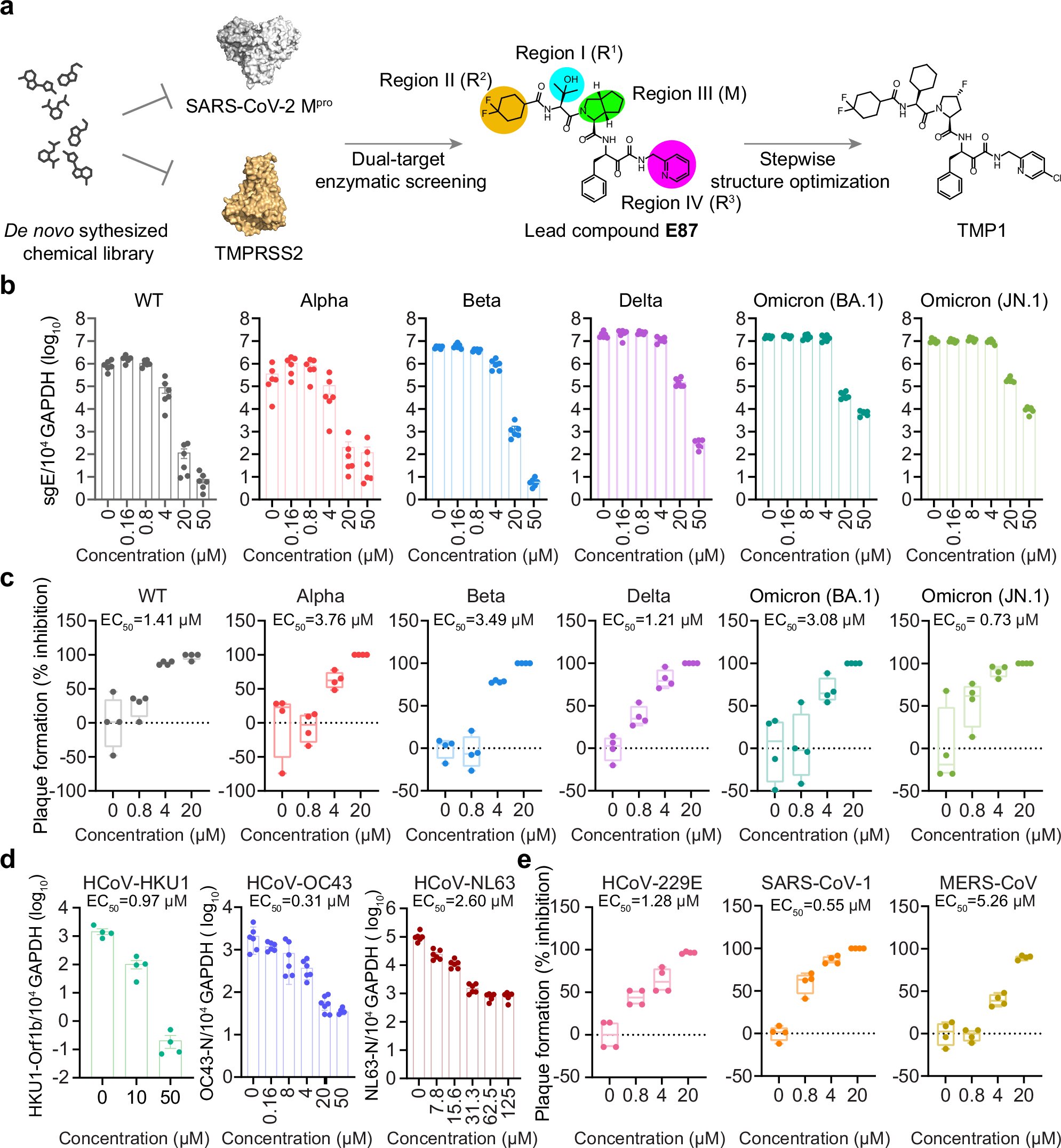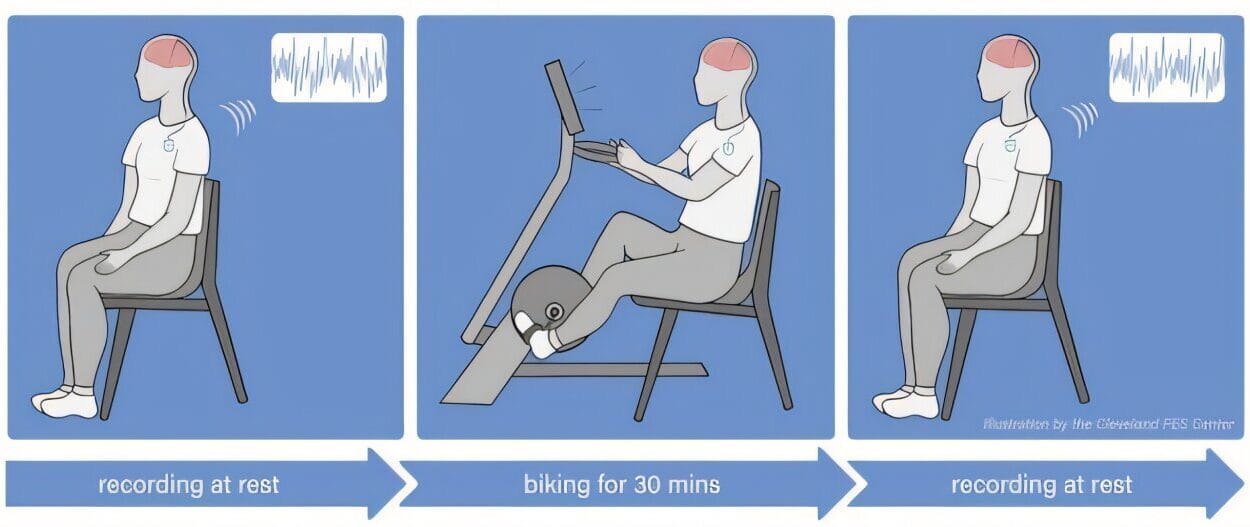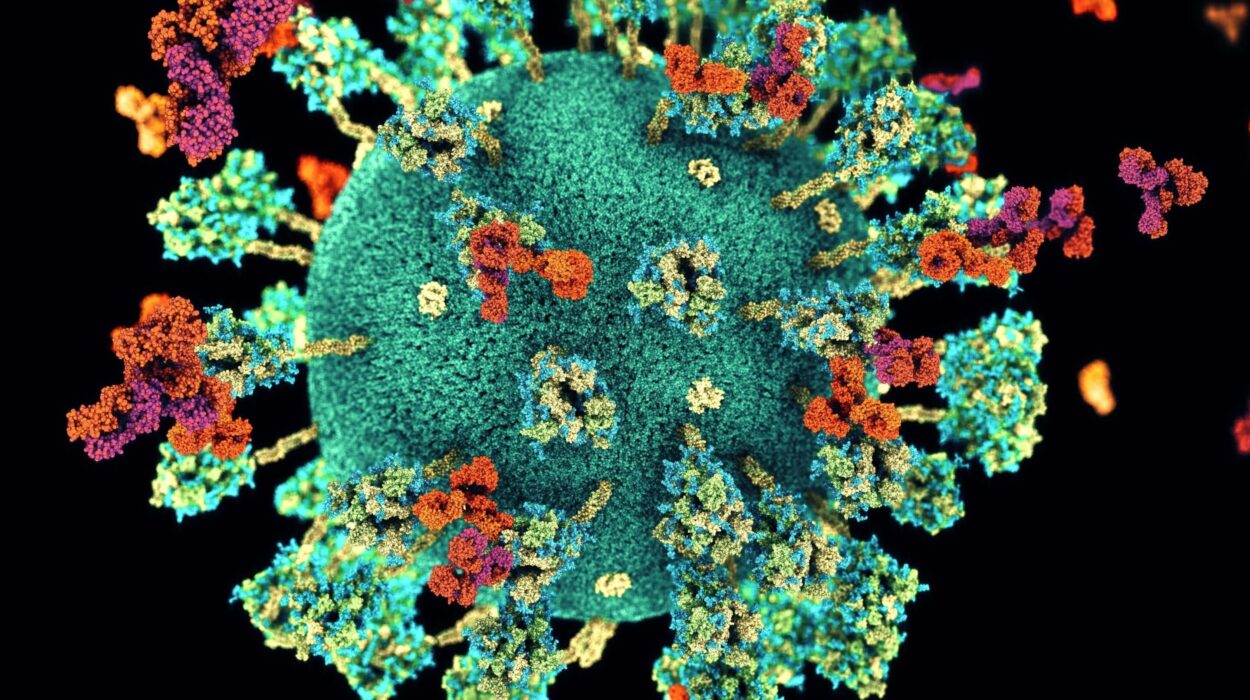In the last two decades, humanity has faced the devastating impact of three major coronavirus outbreaks—SARS in 2003, MERS in 2012, and most recently, COVID-19. Each time, these viruses emerged suddenly, spreading across borders and reshaping societies. COVID-19 in particular left a scar that the world will never forget, claiming millions of lives, overwhelming healthcare systems, and transforming how people live, work, and interact.
Even as vaccination campaigns and treatments helped to slow the spread, scientists have warned that the danger is far from over. Coronaviruses are highly adaptable, with the ability to leap from animals to humans and mutate rapidly into new forms. This makes the possibility of future outbreaks not a matter of if, but when. For researchers, the challenge has been clear: to find therapies strong enough, broad enough, and resilient enough to stay ahead of these shape-shifting viruses.
Now, a team of scientists from the University of Hong Kong, working in collaboration with Sichuan University, has announced a discovery that may represent a turning point. Their research, published in Nature Communications, describes a powerful new antiviral compound named TMP1—a bispecific inhibitor that can fight every known human-pathogenic coronavirus, including drug-resistant strains.
The Weak Points of the Coronavirus
To understand why TMP1 is such a breakthrough, it helps to look at how coronaviruses invade and replicate inside human cells. Two weak points stand out:
The first is TMPRSS2, a host enzyme that coronaviruses hijack to gain entry into human cells. Some drugs have tried to block TMPRSS2, such as camostat, but they suffer from poor absorption and are broken down too quickly in the body to be reliably effective.
The second is Mpro, the coronavirus main protease, an enzyme essential for viral replication. Paxlovid, one of the most important COVID-19 drugs, works by inhibiting Mpro. While highly effective, it faces one serious problem: the virus mutates. Variants of SARS-CoV-2 have already emerged with resistance to Paxlovid, raising fears that our defenses could one day collapse.
This dual challenge—drugs that are too weak on one hand, and viruses that evolve too quickly on the other—has been a major obstacle in coronavirus research. The discovery of TMP1 offers an elegant solution.
A New Class of Antiviral: The Bispecific Inhibitor
The Hong Kong and Sichuan team set out to create something different: a drug that could hit both targets at once. Using a novel chemical synthesis strategy, they screened thousands of potential small molecules to find compounds that suppressed both TMPRSS2 and Mpro.
After careful optimization, they arrived at TMP1, a bispecific inhibitor capable of blocking two essential coronavirus pathways simultaneously. By targeting both the human entry enzyme and the viral replication enzyme, TMP1 strikes at the virus from two sides, making it far harder for resistance to develop.
Professor Chu Hin, Gallant Ho Outstanding Young Professor and Associate Professor in the Department of Microbiology at the University of Hong Kong, explained the impact:
“Our results showed that TMP1 has broad-spectrum antiviral efficacy against all known human-pathogenic coronaviruses, including the highly pathogenic SARS-CoV-2, SARS-CoV-1 and MERS-CoV. Additionally, TMP1 was able to protect hamsters from SARS-CoV-2 transmission.”
The compound was found to bind to Mpro in a way distinct from existing drugs like Nirmatrelvir, one of the active components in Paxlovid. This difference means that TMP1 can bypass some of the resistance mechanisms that make other antivirals fail. In laboratory and animal studies, TMP1 remained potent even against Paxlovid-resistant mutants.
A Promise for the Future
The significance of this discovery goes beyond the laboratory. It represents a new philosophy in antiviral drug design. Traditionally, most drugs focus on a single target, which makes them vulnerable if the virus mutates or finds a way around the blockade. TMP1 proves that dual targeting can be achieved with a single compound, and that this approach can create a broader, more durable line of defense.
“Unlike conventional mono-target antiviral drugs, the bispecific approach opens new avenues for therapeutic design,” said Professor Chu. “It paves the way for the development of next-generation antivirals that are not only more effective but also less prone to resistance.”
The implications are profound. A treatment like TMP1 could be used not just against today’s variants of COVID-19, but against coronaviruses that might emerge in the future. With a patent already filed, the team hopes to bring TMP1 closer to clinical application, where it could become a vital tool in preparing for—and preventing—the next pandemic.
The Ongoing Risk of Spillover
The urgency of such breakthroughs cannot be overstated. Coronaviruses originate in animals, often bats, and can spill over into humans through intermediate hosts. Each spillover carries the potential for a new epidemic. The globalized world of today means such outbreaks can spread faster than ever before.
Already, scientists have documented new animal-to-human coronavirus transmissions in recent years, suggesting that nature’s experiments with viral evolution are ongoing. This constant risk underscores the need for treatments that are not only reactive but proactive—drugs that are ready to combat coronaviruses we have not yet encountered.
A Beacon of Hope in Pandemic Preparedness
The journey from laboratory discovery to an approved drug is long and complex, involving rigorous testing for safety and efficacy in humans. But the discovery of TMP1 is a beacon of hope. It shows that science is not standing still, that researchers are already building the tools needed for tomorrow’s battles.
The memory of COVID-19 remains raw for billions of people. For many, the scars—both personal and societal—are permanent. The idea that a future outbreak might be met with stronger, more resilient treatments is not just a scientific advancement, but a source of comfort. It reminds us that even in the face of global crises, human ingenuity continues to rise.
The Broader Story of Human Resilience
At its heart, the story of TMP1 is not only about chemistry or virology. It is about human resilience—the determination to learn from tragedy and to prepare for the unknown. Science has always advanced most rapidly in the face of challenge. The development of TMP1 is part of that legacy, a testament to collaboration across borders, disciplines, and generations.
In the language of research papers, discoveries often sound clinical and detached. Yet behind every breakthrough lies the passion of researchers who believe in a safer future. TMP1 may be a molecule, but it also represents hope: the hope that humanity can stay ahead of the viruses that have brought so much suffering.
Looking Ahead
The story of coronaviruses is not over, but the discovery of TMP1 marks a new chapter. It demonstrates that with creativity and persistence, science can outmaneuver even the most adaptable of enemies.
We may not be able to prevent viruses from emerging, but with tools like TMP1, we can be better prepared to respond swiftly and effectively. Each breakthrough strengthens the shield between humanity and the next pandemic.
As the research continues and clinical trials begin, TMP1 stands as a symbol of what is possible when knowledge, innovation, and determination converge. It is a reminder that science, at its best, is both a search for truth and a promise of protection.
In a world still living in the shadow of COVID-19, this discovery is not only scientific progress—it is a glimmer of light for the future.
More information: Huiping Shuai et al, An orally available Mpro/TMPRSS2 bispecific inhibitor with potent anti-coronavirus efficacy in vivo, Nature Communications (2025). DOI: 10.1038/s41467-025-60832-z






